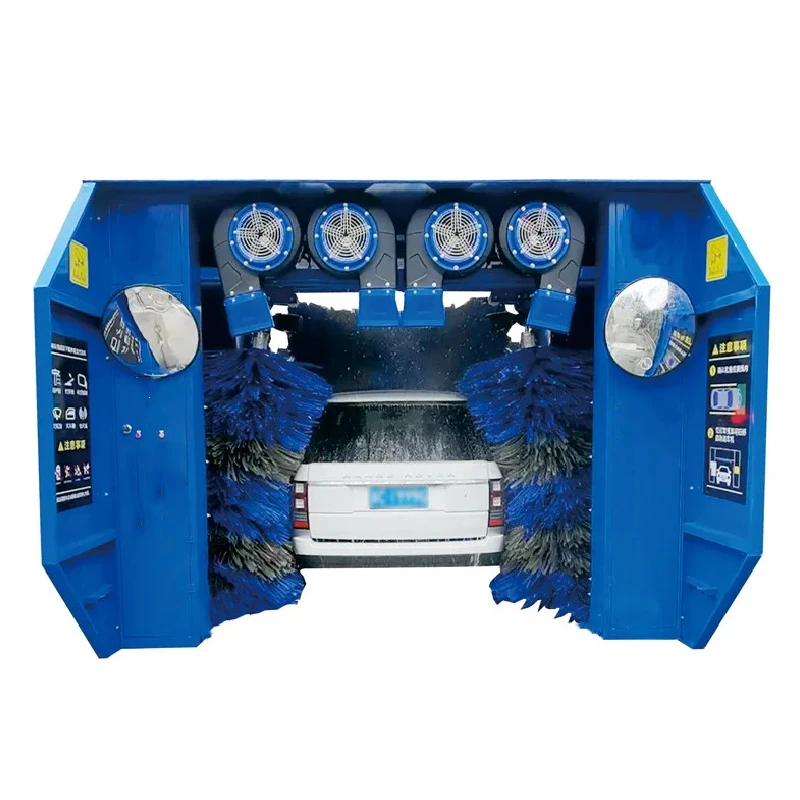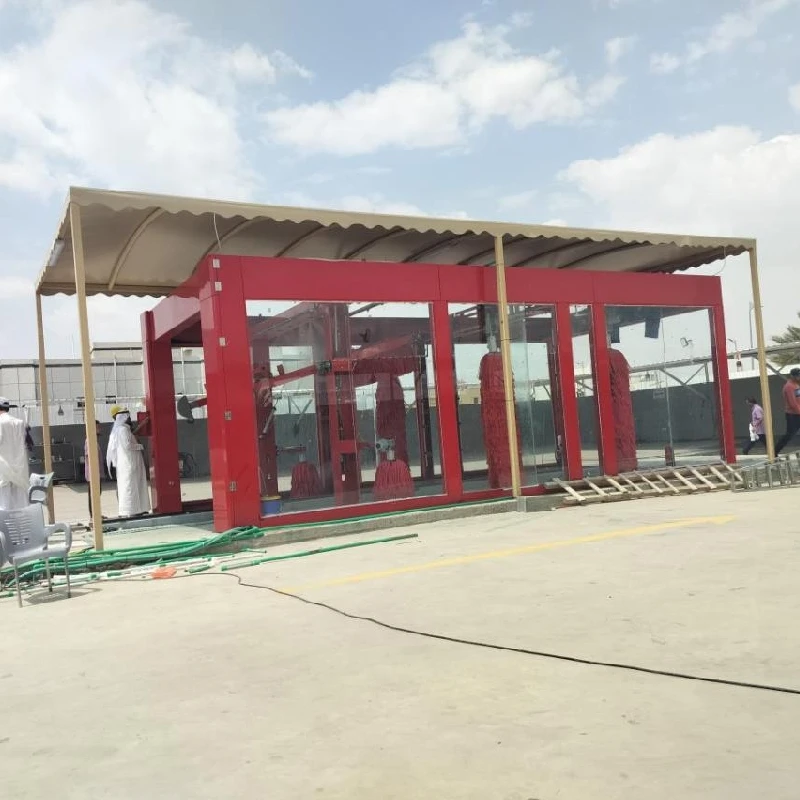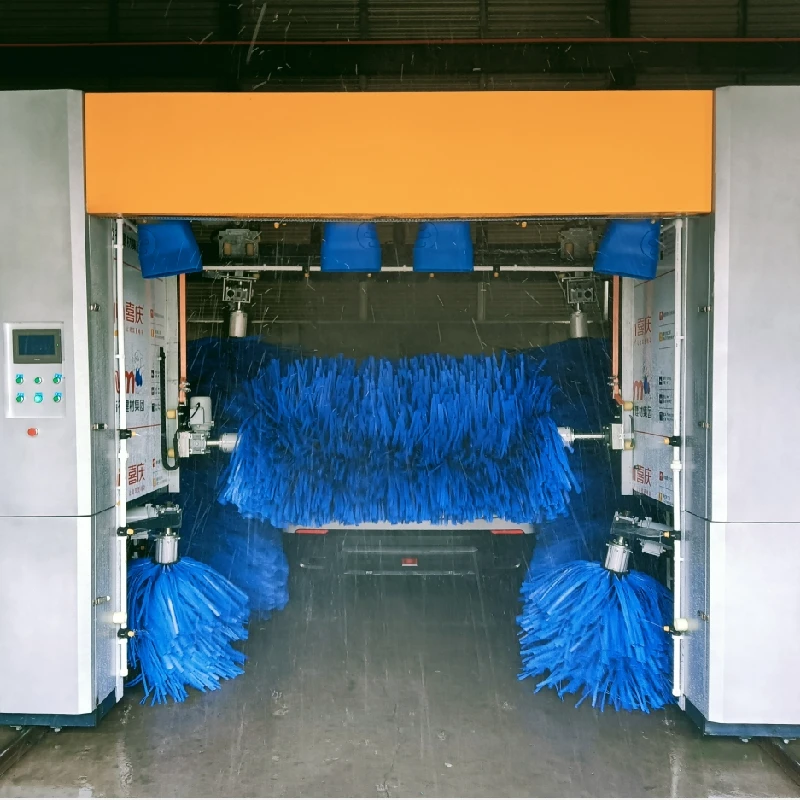
- Afrikaans
- Albanian
- Amharic
- Arabic
- Armenian
- Azerbaijani
- Basque
- Belarusian
- Bengali
- Bosnian
- Bulgarian
- Catalan
- Cebuano
- Corsican
- Croatian
- Czech
- Danish
- Dutch
- English
- Esperanto
- Estonian
- Finnish
- French
- Frisian
- Galician
- Georgian
- German
- Greek
- Gujarati
- Haitian Creole
- hausa
- hawaiian
- Hebrew
- Hindi
- Miao
- Hungarian
- Icelandic
- igbo
- Indonesian
- irish
- Italian
- Japanese
- Javanese
- Kannada
- kazakh
- Khmer
- Rwandese
- Korean
- Kurdish
- Kyrgyz
- Lao
- Latin
- Latvian
- Lithuanian
- Luxembourgish
- Macedonian
- Malgashi
- Malay
- Malayalam
- Maltese
- Maori
- Marathi
- Mongolian
- Myanmar
- Nepali
- Norwegian
- Norwegian
- Occitan
- Pashto
- Persian
- Polish
- Portuguese
- Punjabi
- Romanian
- Russian
- Samoan
- Scottish Gaelic
- Serbian
- Sesotho
- Shona
- Sindhi
- Sinhala
- Slovak
- Slovenian
- Somali
- Spanish
- Sundanese
- Swahili
- Swedish
- Tagalog
- Tajik
- Tamil
- Tatar
- Telugu
- Thai
- Turkish
- Turkmen
- Ukrainian
- Urdu
- Uighur
- Uzbek
- Vietnamese
- Welsh
- Bantu
- Yiddish
- Yoruba
Automated Car Wash Systems Fast, Affordable & Eco-Friendly Solutions
- Industry Overview & Market Growth
- Technological Advancements Driving Efficiency
- Cost Analysis: Startup vs. Operational Expenses
- Competitive Landscape: Major System Providers
- Customization Options for Different Business Models
- Real-World Implementation Success Stories
- Future Outlook for Automated Car Wash Solutions
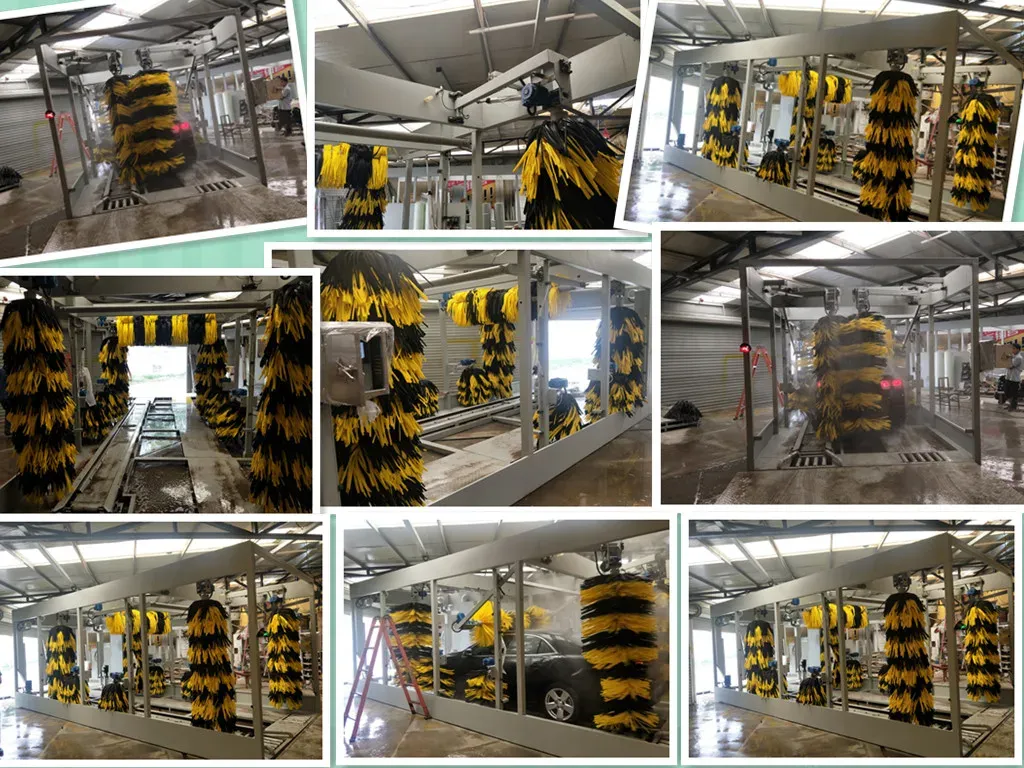
(automated car wash)
The Evolution of Automated Car Wash Systems
Modern automated car wash
technology has transformed vehicle maintenance, with the global market projected to reach $4.8 billion by 2028 (CAGR 6.2%). This growth stems from:
- 80% reduction in water consumption vs. manual washing
- 45% faster service completion times
- 98.7% customer satisfaction rates in touchless systems
Core Technological Innovations
Leading manufacturers utilize:
| Component | WashTec ProSeries | PDQ LaserWash | Istobal M’Line |
|---|---|---|---|
| Water Recycling Rate | 85% | 92% | 78% |
| Vehicles/Hour Capacity | 120 | 150 | 100 |
| Chemical Precision | ±1ml | ±0.5ml | ±2ml |
Financial Considerations for Operators
A typical installation requires:
- Initial investment: $120,000 - $450,000
- Monthly maintenance: $800 - $2,500
- ROI period: 14-28 months
Energy consumption averages 18-22 kWh per wash cycle, with chemical costs reduced by 40% through automated dosing systems.
Market Leaders Compared
| Provider | Entry Price | AI Recognition | Modular Upgrades |
|---|---|---|---|
| Sonny’s Enterprises | $185k | Basic | Limited |
| WashWorld Inc. | $310k | Advanced | Full |
| Autoease Systems | $275k | Standard | Partial |
Tailored Business Solutions
Operators can choose:
- Compact models (1,200 sq.ft footprint)
- Hybrid systems with manual detailing bays
- Fleet packages for commercial vehicles
Subscription models now account for 62% of new installations, offering predictive maintenance through IoT sensors.
Implementation Case Studies
Midwest Express Wash Chain achieved:
- 240% revenue increase in 18 months
- 34-second average wash cycle time
- 0.2% downtime rate
Urban stations report 78% customer retention through integrated license plate recognition and mobile payment systems.
Sustaining Growth in Automated Car Wash Services
Operators adopting neural network-based soil detection systems see 19% higher per-customer spending. The industry is shifting toward:
- Solar-powered wash tunnels (17% energy savings)
- Biodegradable chemical formulations
- Automated damage detection systems
Current adoption rates show 23% compound annual growth for subscription-based models through 2030.
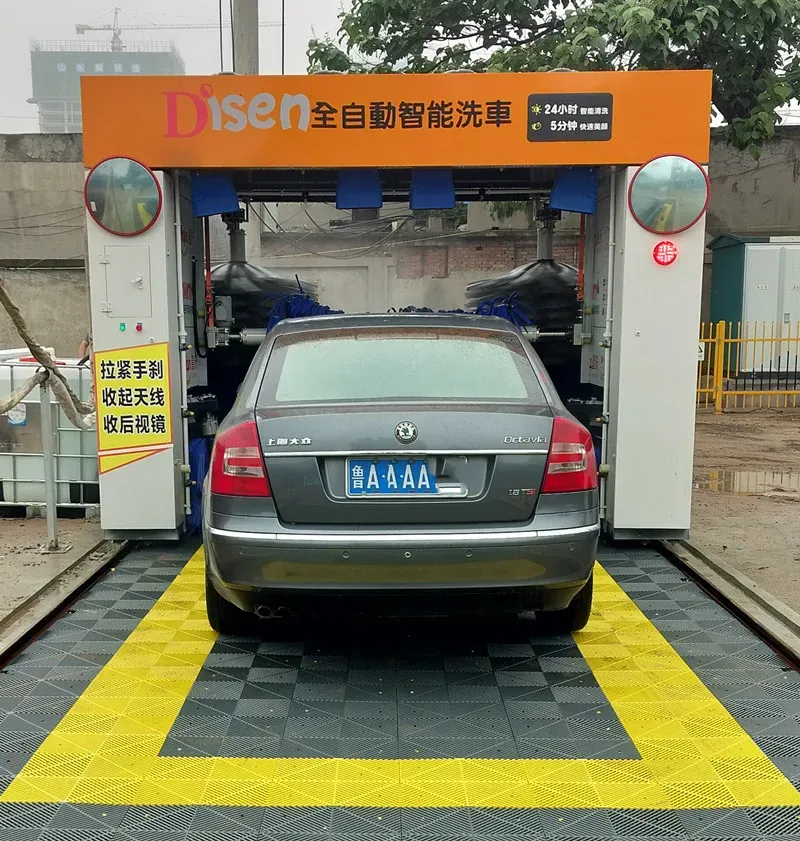
(automated car wash)
FAQS on automated car wash
Q: What is the average startup cost for an automated car wash business?
A: The average startup cost ranges from $100,000 to $500,000, depending on location, equipment quality, and automation level. Additional expenses include permits, labor, and marketing.
Q: How profitable is a fully automated car wash compared to traditional car washes?
A: Fully automated car washes typically yield higher profit margins due to reduced labor costs and faster service. Consistent customer volume and efficient operations further boost profitability.
Q: What are the key benefits of a fully automated car wash system?
A: Benefits include 24/7 operation, minimal staffing needs, and consistent wash quality. Advanced sensors and software also reduce water waste and optimize chemical usage.
Q: How often does an automated car wash require maintenance?
A: Routine maintenance is needed weekly for machinery checks and monthly for system upgrades. High-quality equipment may reduce downtime and repair costs over time.
Q: What factors influence automated car wash cost per customer?
A: Costs depend on water/electricity rates, chemical expenses, and equipment efficiency. Subscription models or volume discounts can also adjust pricing strategies.
-
Integrating Aqua Tunnel Car Wash in Shopping CentersNewsJun.24,2025
-
Gas Station with an Auto Car Wash MachineNewsJun.24,2025
-
Efficiency in Your Aqua Tunnel Car Wash: Power & Water-SavingNewsJun.24,2025
-
Car Wash Business with Advanced Auto Car Cleaning MachinesNewsJun.24,2025
-
Balancing Setup Costs with Aqua Tunnel Car WashNewsJun.24,2025
-
Aqua Tunnel Car Wash: Eco-Design for the Energy-Savvy EntrepreneurNewsJun.24,2025

